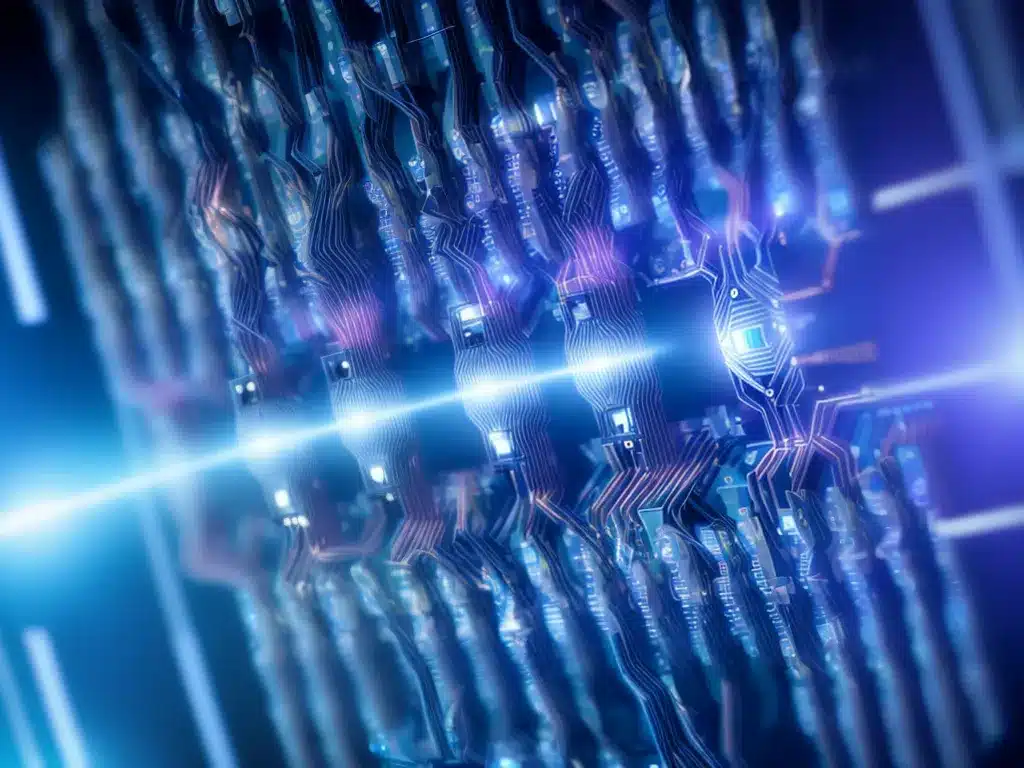
Quantum computing is one of the most exciting frontiers in technology today. After decades of research, we are now at an inflection point where quantum computers are transitioning from scientific curiosities to useful tools. But exactly how and when will quantum computers become practically valuable? Here is an in-depth look at the timeline and implications.
The State of Quantum Computing Today
In the last 5 years, there has been tremendous progress in building larger and more stable quantum computers. Google, IBM, Intel, and startups like Rigetti have all demonstrated quantum computers with 50-100 qubits – the fundamental units of quantum information.
This achievement is significant because it crosses an important threshold for quantum advantage. With around 50-100 qubits, certain specialized algorithms like quantum chemistry simulations can outperform classical supercomputers. We have entered the NISQ era – Noisy Intermediate-Scale Quantum computers.
However, there are still major challenges with NISQ devices:
- Noise – Qubits lose their quantum state very quickly due to interference. This leads to errors in computations.
- Coherence Time – The qubits can maintain their state for only milliseconds before decohering. Complex algorithms require much longer coherence times.
- Qubit Connectivity – Most devices have limited ability to entangle distant qubits, reducing the computational power.
So in summary, while the hardware has progressed, NISQ devices are not yet suitable for practical applications. Their limited coherence time, connectivity, and noise properties restrict the complexity of programs they can run.
When Will We Have Error-Corrected Quantum Computers?
The real inflection point for quantum computing will be achieving quantum error correction. This will allow logical qubits to be encoded in a way that is robust to physical noise and decoherence.
Most experts estimate that we are still 5-10 years away from error-corrected systems with hundreds of logical qubits. Some key challenges include:
- Developing encoding schemes that have high overhead cost vs physical qubits required. The current best schemes require >100 physical qubits per logical qubit.
- Building quantum processors with interconnectivity that supports 2-qubit gates between arbitrary pairs of qubits.
- Reducing gate error rates and improving coherence times of physical qubits.
Once we can demonstrate error-corrected systems, it will remove the fragility of quantum computers. Suddenly practical applications for quantum computing in areas like chemistry, optimization, and machine learning will become attainable.
The Path to Practical Applications
Even with error-corrected quantum computers, it will take time to develop practical tools. Here are some benchmarks for the roadmap:
- Small instances of quantum algorithms – With a few hundred corrected qubits, we will be able to run small instances of quantum algorithms that outperform classical computers. But limited size means limited practical value.
- Quantum/classical hybrid algorithms – Before we have very large quantum computers, most practical applications will use a hybrid model – executing parts of the algorithm on quantum processors and parts on classical processors.
- Purpose-built quantum simulators – Specialized quantum systems tuned for a specific problem like drug design or material simulation may come before general-purpose quantum computers.
Full scale fault-tolerance and universal quantum computers capable of breaking RSA encryption may not be possible until the 2040s.
But the predictable arc is that by the late 2020s, we should have small but useful applications of quantum computing. This will grow exponentially in the 2030s as quantum computers approach the 1,000s of qubits range. The dream of truly revolutionary quantum applications is real but will require patience as the hardware progresses.
The Promise and Peril of Quantum Computing
Quantum computing holds enormous opportunities if we can harness it properly. Some promising applications include:
- Materials science – Simulating material properties for drug design and discovery of room temperature superconductors.
- Chemistry – Modeling chemical reactions and catalyst design.
- Machine learning – Quantum neural networks and enhanced AIs.
- Optimization – Logistics, scheduling, and finance optimizations.
However, with great power comes great responsibility. Quantum computers may disrupt cryptography, cybersecurity, and the balance of power. We must ensure that these superpowerful technologies are managed prudently and available for the benefit of all humanity.
The timeline for useful quantum computers is measured in years, not decades. But practical applications will emerge gradually as the hardware improves. How society chooses to employ these technologies will shape our shared future. The quantum era is coming – and we must be ready.












